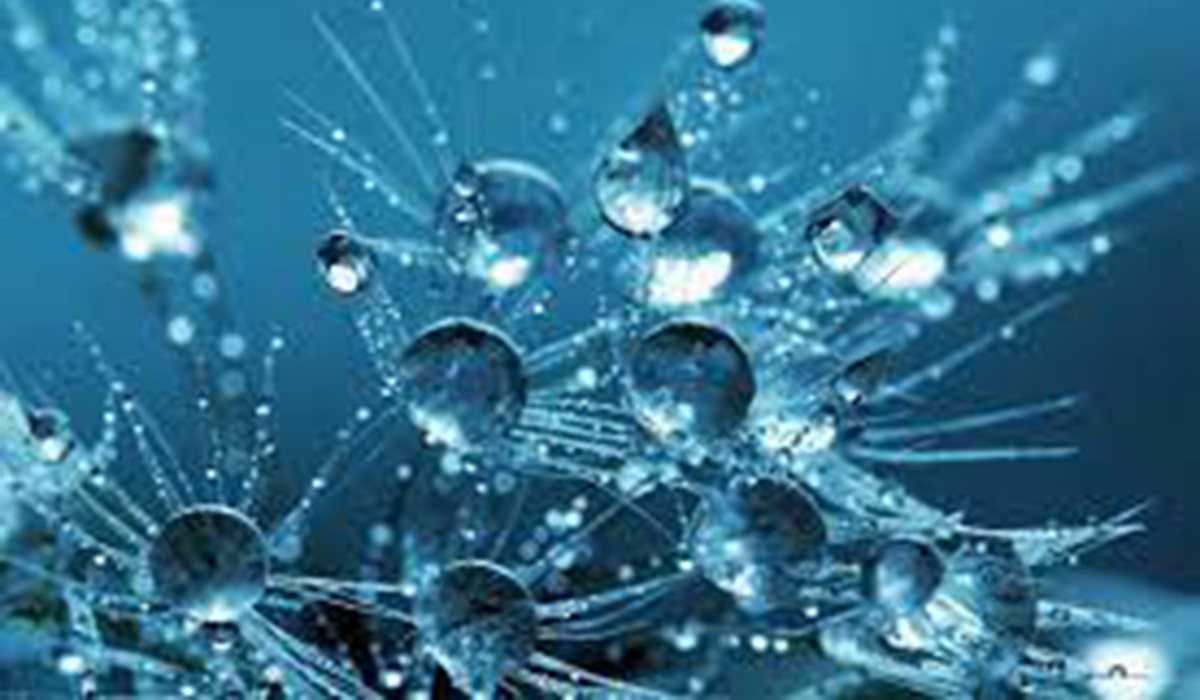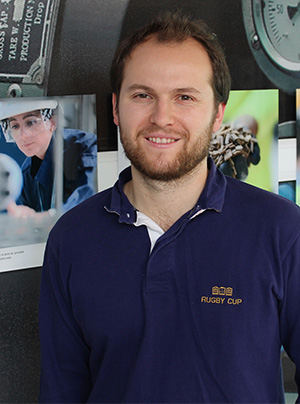


This work is very interesting. Still, there is still a long way to go for this understanding to be "usable" for the design of catalysts that can be integrated into industrial electrolysis systems
Hydrogen is often hailed as one of the most promising elements to replace polluting fossil fuels in the future. The long-term optimism is based both on its potentially boundless supply, and its wide range of industrial and energy applications — from car battery cells to manufacturing ammonia.
But turning potential energy into viable energy still requires scientific breakthroughs. Hydrogen is mostly found in water, but the chemical process to transform it into fuel is still inefficient. So it is commonly made through natural gasses like methane — a more polluting and unsustainable process that entails releasing carbon dioxide, defeating the initial purpose.
A new study run by researchers from several universities — including Oregon State and the University of Zurich — has used advanced technological tools to increase the efficiency of converting water into hydrogen, bringing us one step closer to the goal of abundant “green” hydrogen. Here’s a rundown of their research:
It seems like a small step but Pierre Olivier, research engineer at the Hydrogen Lab at ENGIE Lab CRIGEN, tells us why it is crucial:
"This study is about the evolution of the microstructure of a type of catalyst used for the production of hydrogen by electrolysis of water. Understanding how this microstructure evolves (at the atomic scale) is fundamental to optimizing the catalysts in question, and thus significantly increase the efficiency of converting (renewable) electricity into hydrogen. As such, this work is very interesting. Still, there is still a long way to go for this understanding to be "usable" for the design of catalysts that can be integrated into industrial electrolysis systems."